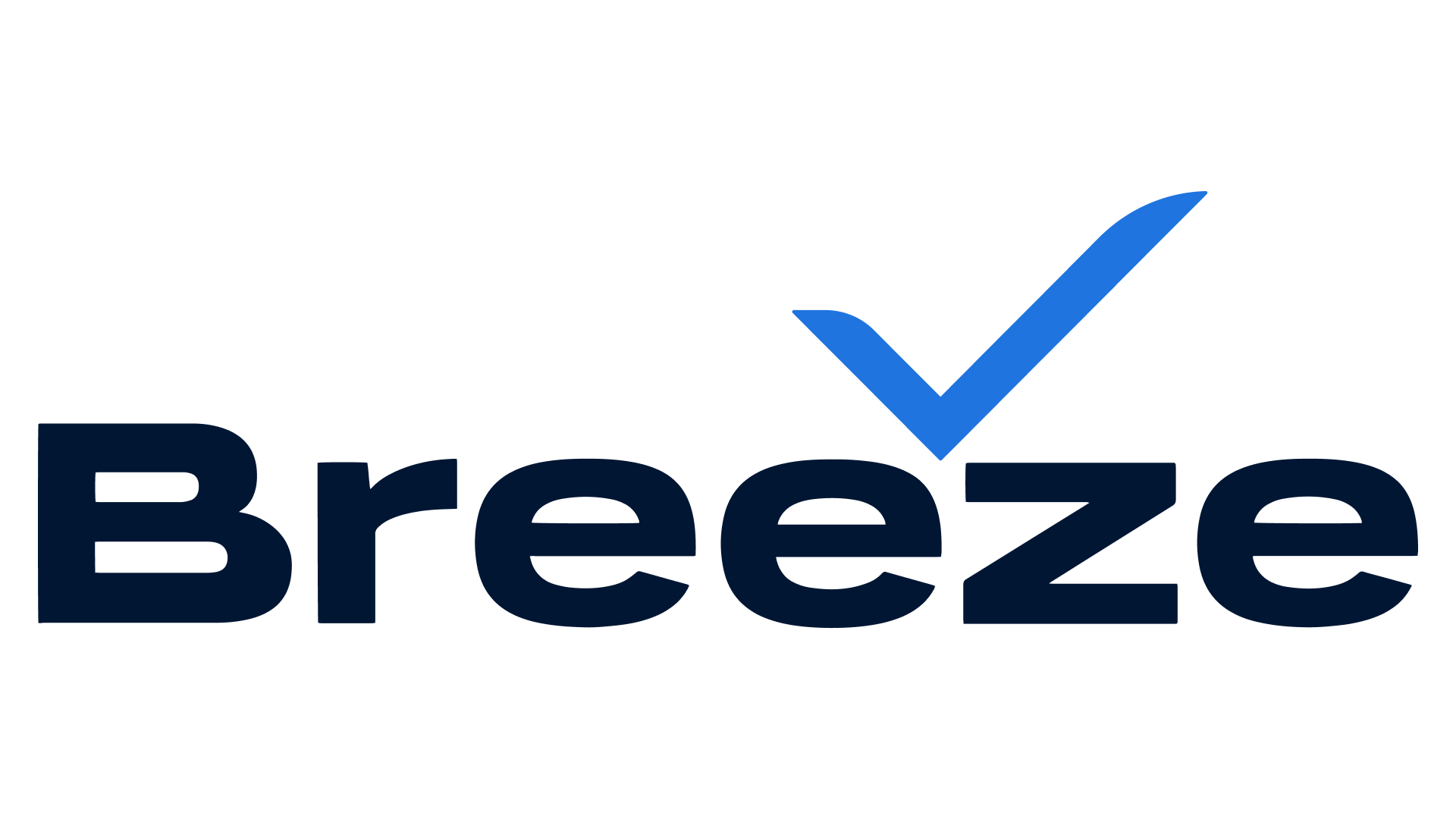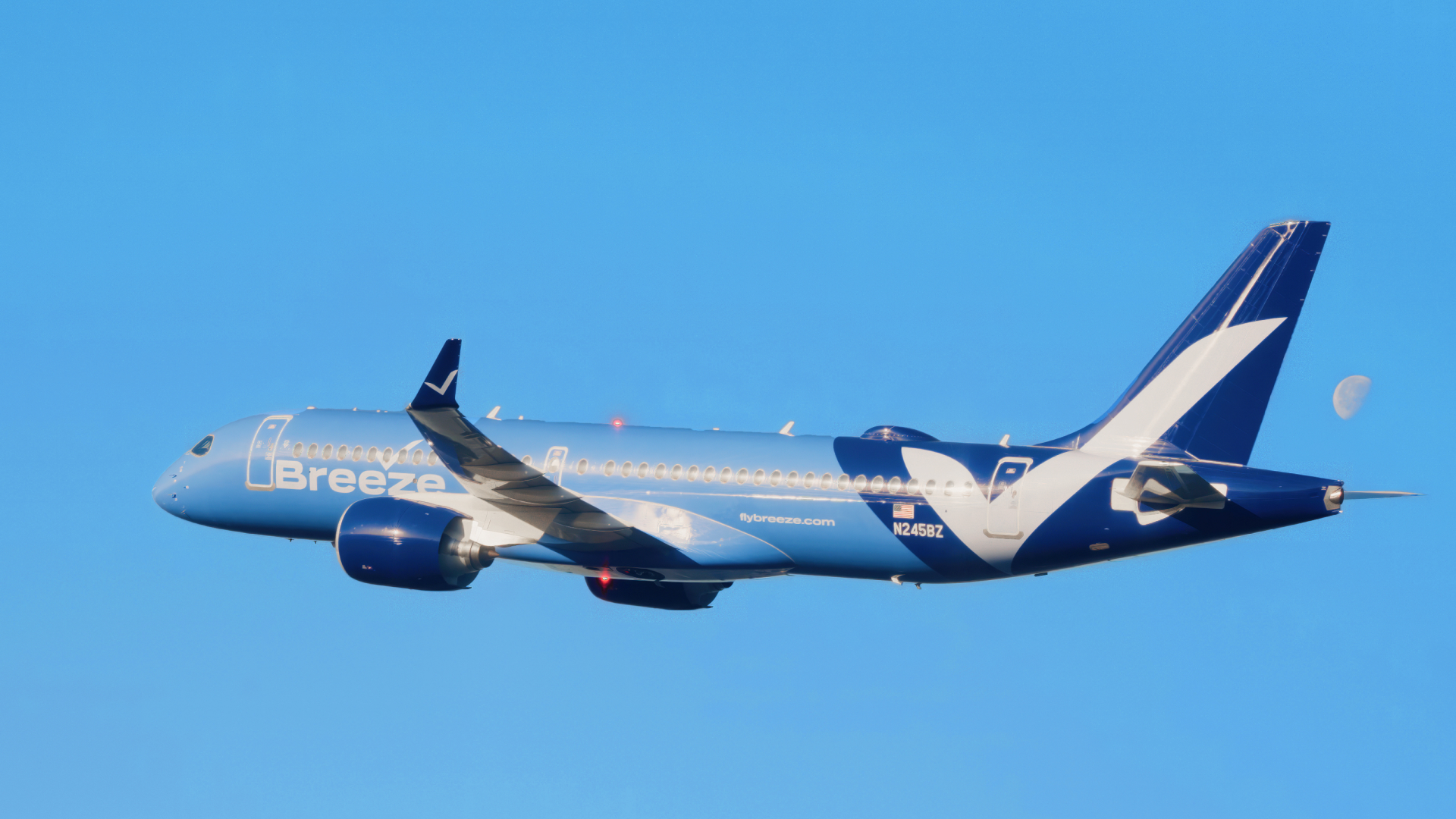MX - Breeze Airways
proudly presents
For guests with AUTISM SPECTRUM DISORDER and other neurodiverse conditions.
About this Guide
The information in this guide has been prepared by Autism Double-Checked to assist visitors with ASD when flying with MX - Breeze Airways. For neurodiverse visitors, please make use of the information that may relate to your visit. For neurotypical parents, caregivers or traveling companions, please make use of this to assist the special guest that you are accompanying.
The objective, throughout, is to give advance information about sensory, and other, issues that may need extra consideration for visitors with ASD. The Guide gives information about the nature of these issues. Guests should view this information in the context of their own, unique, challenges.
Due to the wide variety of issues that may arise for individuals with ASD, such guidance is general in nature. If you encounter something that is not covered in this guide, please contact the Autism Concierge by clicking the link in the Autism Concierge section below.
Throughout this Guide, we make use of the following Sensory Issue Advisory Triangles.
-
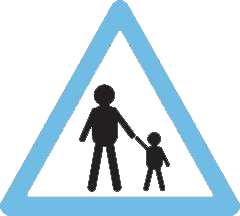 Safety
Safety -
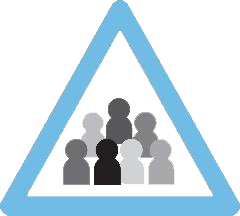 Crowds
Crowds -
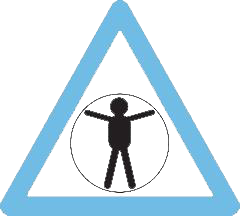 Body
Body
Awareness -
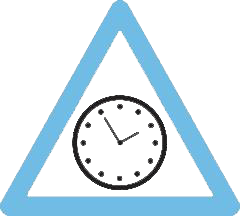 Time or
Time or
Duration -
 Noise
Noise -
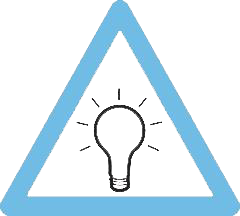 Lighting
Lighting -
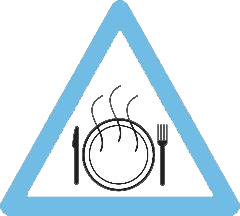 Taste or
Taste or
Smell -
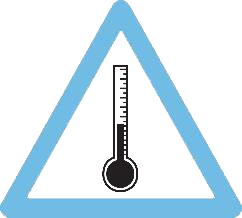 Heat or Cold
Heat or Cold
Autism Concierge
Autism Passport
Airline App
| Full Name |
|---|
| BGR - Bangor, US - Bangor International Airport |
| CHS - Charleston, US - Charleston International Airport |
| CVG - Cincinnati / Covington, US - Cincinnati Northern Kentucky International Airport |
| DAB - Daytona Beach, US - Daytona Beach International Airport |
| DEN - Denver, US - Denver International Airport |
| DFW - Dallas-Fort Worth, US - Dallas Fort Worth International Airport |
| EWN - New Bern, US - Coastal Carolina Regional Airport |
| FLL - Fort Lauderdale, US - Fort Lauderdale Hollywood International Airport |
| GJT - Grand Junction, US - Grand Junction Regional Airport |
| GPT - Gulfport, US - Gulfport Biloxi International Airport |
| HSV - Huntsville, US - Huntsville International Carl T Jones Field |
| HVN - New Haven, US - Tweed New Haven Airport |
| IAD - Dulles, US - Washington Dulles International Airport |
| ILM - Wilmington, US - Wilmington International Airport |
| ISP - Islip, US - Long Island Mac Arthur Airport |
| JAX - Jacksonville, US - Jacksonville International Airport |
| MCO - Orlando, US - Orlando International Airport |
| MTJ - Montrose, US - Montrose Regional Airport |
| MYR - Myrtle Beach, US - Myrtle Beach International Airport |
| OGD - Ogden, US - Ogden Hinckley Airport |
| ORF - Norfolk, US - Norfolk International Airport |
| PBG - Plattsburgh, US - Plattsburgh International Airport |
| PIT - Pittsburgh, US - Pittsburgh International Airport |
| PNS - Pensacola, US - Pensacola International Airport |
| PVD - Warwick, US - Theodore Francis Green State Airport |
| PVU - Provo, US - Provo-Utah Lake International Airport |
| PWM - Portland, US - Portland International Jetport |
| RIC - Richmond, US - Richmond International Airport |
| SAN - San Diego, US - San Diego International Airport |
| SAV - Savannah, US - Savannah Hilton Head International Airport |
| SBY - Salisbury, US - Salisbury Ocean City Wicomico Regional Airport |
| SFO - San Francisco, US - San Francisco International Airport |
| SNA - Santa Ana, US - John Wayne Orange County International Airport |
| SRQ - Sarasota/Bradenton, US - Sarasota Bradenton International Airport |
Booking and Preparing for Your Flight
Make use of the Airline Website at: https://www.flybreeze.com
Review the information given in this guide.
If you need further specific information that is not covered by either of the above resources, you should contact the Autism Concierge by using the link in Autism Concierge above.

Crowds
In general terms, January is the quietest. Weekdays are generally the quietest time of the week.
Passengers who have problems with crowds may wish to take consider this information when planning a flight and contact the Airline for advice on times of day that may be less crowded.

Heat or Cold
All MX - Breeze Airways aircraft are climate controlled. Temperatures are set to levels that should be acceptable to anybody that does have heat or cold sensitivity. In flight, people who have problems with either heat or cold may need to take the same precautions as they normally do on the ground by bringing things like hand-held fans, cold packs, sweaters and/or blankets.

Body Awareness
While anybody may feel some discomfort if internal organs “inflate” due to the reduced pressure in an airplane at altitude, a person who already has gastro-intestinal (GI) issues may experience extra problems. Speak to your physician ahead of time about suitable remedies.
During flight, particularly on descent, changes in pressure may cause ears to “pop” or just general discomfort during pressure adjustment. Practice all of the possible techniques for dealing with this that are not already familiar to your loved one. You won’t know, until you are in the air, which methods are going to work so you need your person to be familiar with all of them. (See During the Flight section for details). Try EarPlanesTM in advance to see if they are tolerated.
It is generally recommended that you seat autistic passengers away from the aisle and towards the front of the aircraft. If your party is large enough, it is also recommended to have a family member seated directly in front of the autistic person.
To book or change seating assignments, either as above or in the configuration that you feel will suit your family best use https://www.flybreeze.com. MX - Breeze Airways will waive the normal charges for advanced seat assignment.
Packing
There are three types of baggage you may bring aboard: personal items, carry-on bags, and checked bags.
All Guests are welcome to bring a personal item (such as a purse or small backpack) that must fit entirely underneath the seat in front of you. If you need immediate access to any personal belongings during your flight, please pack them in your personal item or keep them on your person.
Things that you may need to pack in your ‘personal item’:
- iPhone, iPad, or similar device.
- Electronic games that your child likes.
- Headphones or AirPods for all of the above.
- Non-electronic games and activities—for those periods when larger electronic devices are not allowed. This can be anything that you know you child will like that is sufficiently portable.
- Extra sweater and/or blanket if your child is sensitive to cold. Cold pack, if sensitive to heat.
- If your child is sensitive to strange smells, bring tissues or a handkerchief with acceptable perfume/odor: Strongly flavored snacks may also work for this.
- Wipes, if your child likes to touch everything.
- Gum, hard candy, straws and/or juice boxes, EarPlanesTM (See “During the Flight” for details).
- Medications should be carried in your personal item of baggage and never in checked bags. Have an extra supply in case something is dropped or lost.
- Snacks. Although snacks may be available for purchase on board, it is advisable to take along a good supply of your child’s favorite.
- Water. Flight attendants may serve water to Guests once the plane has reached cruising altitude and cabin service has begun. If you need water before or after cabin service, consider filling up a bottle at the airport before boarding.
Carry-on bags and checked bags may be included with your fare depending on the bundle you purchased. For more details about bag allowance and limitations, visit our Support Page.
Assistive devices (like mobility aids or medical supplies) are always welcome on board. You can bring these free of charge as long as:
- They are packed separately from other personal belongings.
- They are traveling on the same flight as the Guest who uses the device.
You may request to pre-board to have priority access to the overhead bin space. Please speak with our Team Member at the departure gate once you arrive.
Checking in
Online check-in is available 24 hours before departure. You can check in on FlyBreeze.com or the Breeze mobile app by clicking on Check In and entering the traveling Guest's name and confirmation number. You can add a Special Service Request to your reservation during the initial booking process (or afterward) from the My Trips page. Our Support Page has the full step-by-step process. We recommend arriving at the airport at least 2 hours before your scheduled departure time. This will allow you enough time to complete bag drop-off, pass through the TSA security checkpoint, and navigate the airport to your departure gate. Most ticket counters open 2 hours before departure, but some open sooner. Visit our Support Page for specific information about your airport. Guests are welcome to have a companion escort them to their gate for special assistance needs. This companion must follow airport and TSA guidelines and will need to present a government-issued ID. Please be aware that our Airport Team Members make the final decision on whether a gate pass is available based on conditions at the airport. A gate pass for a companion may not be guaranteed. A family member or friend must accompany a Guest during travel if a Guest requires supervision or cannot follow safety directions. The Breeze Team is not able to provide constant supervision for a Guest.
Security Screening
Not all airport screening agents may have been trained to assist passengers with special needs.
You should call TSA Cares (1-855-787-2227 Option #2) at least 72 hours in advance of your flight, describe any potential issues and request a Passenger Support Specialist. If you do not do this, you should Identify yourself to the agent at the checkpoint and let them know that you are traveling with a special-needs passenger. Outline any sensory issues that you think might create difficulties for your loved one.

Waiting or Duration
The line may be long and slow-moving. Ask the security agent for priority in getting to the front of the line and minimizing accidental physical contact with strangers.

Body Awareness
In many airports screening utilizes full body scanners. These can only accommodate one person at a time which may be distressful for some people. Try practicing the feet apart, hands touching over the head position at home with your loved one to prepare them for screening.
If you feel that they may have difficulties in the scanner, discuss alternatives with the security officer. CAUTION. The standard alternative to the body scanner is a pat-down search. Since this may also be difficult, be sure to look at all possible alternatives with the officer.

Noise
Aside from background noise, there is a possibility of bells/alarms being sounded with no notice. Even those with moderate noise sensitivity may benefit from the use of noise cancelling headphones. If you are asked to remove them, explain this concern and to have the removal be as short of a time as possible. You must also explain to your child in advance that they will have to empty their pockets and temporarily hand over phones, iPads or favorite toys.
Boarding
Guests who need extra time to board are invited to pre-board, before general boarding has begun. In the event that a Guest requires silent boarding, please add a special service request to the reservation. It can be requested during the booking process by following the prompts or added from My Trips. More info can be found on our Support Page. Please notify an Airport Team Member of your needs upon arrival at the departure gate. When it is time to board, all Guests with disabilities and their companions will be welcome to pre-board.
During the Flight
Please speak to a flight attendant after boarding to ensure any special requests or just to let them know that you are traveling with an autistic person and may need their help and understanding.

Safety
Everybody is required to wear a seatbelt during taxiing, take off, landing and preferably throughout the flight especially if turbulence is expected. Your child will probably find the lap belt familiar. If you have concerns that they may wriggle out of the regular belt, you may use a CARES Safety Harness. For a size of up to 40” tall and 44 lbs in weight, this is FAA approved. A larger size is available but you will need an exemption from the FAA to use this. Please go to: http://kidsflysafe.com/instructions/cares-for-special-needs-flyers/ for further information.

Heat or cold
In flight, cabins are climate controlled to a temperature that is comfortable for most people. For prior to take-off extremes however you may wish to bring extra layers for a person that is sensitive to cold. If your person is sensitive to heat they may need to wear their lightest clothing. You could also have a cold pack on hand, a portable fan or both.

Waiting or duration
While many flights are of short duration, they still involve sitting in the seat for all, or most of the trip. Please have plenty of activities that will hold your child’s attention. Many parents introduce a new activity every 20 minutes but you should judge this based upon your knowledge of your child. Make sure that some of the activities are non-electronic for the times when electronic devices are not permitted.

Noise
All aircraft do have extra sound insulation. Even then, especially during takeoff and landing, flying can be relatively noisy. Even those who have moderate noise sensitivity may benefit from the use of noise cancelling headphones.
Encourage your child to use the bathroom when the seatbelt sign is off as they will not be able to do so when it is illuminated. If your child needs to use the bathroom, be alert to the loud sucking noise that some airplane toilets make when flushed. It may make sense to have your child exit the bathroom first and for you to flush after they leave.

Body Awareness
Be prepared ahead of time for cabin pressure changes. These mostly occur during ascent and descent but can happen at any time. An autistic person may be more sensitive to such events than you are. If they child will tolerate EarPlanesTM, place them in advance of takeoff and try to keep them there until you have landed. If they do not tolerate them or if they seem not to be effective, keep trying possible remedies until you find which works for them on the day. Remember that the solution may even vary between outbound and return flights.
Once the “Fasten Seatbelt” light is off, you are allowed to take a walk around the aircraft with your child.
You should walk around if you think that this will help your child with the inactivity of sitting. On the other hand, if your child is happy and content in their seat, you may not want to disturb them.

Taste or smell
A supply of snacks and drinks is available for purchase on most flights. If your child has very particular ‘favorites’ of either, it will be advisable to bring your own supply particularly if your child has any special dietary needs.
Flight attendants can offer snacks and drinks once the plane has reached cruising altitude and cabin service has begun. If you need food before or after cabin service, consider packing some in your personal item.
If your child does get distressed at any time during the flight, remind the flight attendant of your earlier conversation and let them do the explaining to other passengers that your child has autism and is not just misbehaving. Breeze Team Members may not assume the needs of any Guest, so please self-identify if you need support.
Arrival

Body Awareness
Deplaning can involve a disorganized and often pushy line waiting to get off and very close proximity to other passengers and bags waiting for their turn. If you feel that the process and the proximity of the other passengers may be disruptive, you may choose to remain seated and deplane last.

Noise
Your arrival airport will have similar noise levels to that of your departure airport. Even those with moderate noise sensitivity may benefit from the use of noise cancelling headphones.
For most journeys, your arrival airport for the outbound flight will be your departure airport for your return flight. Look around you when you arrive so that you gain a little familiarity with this airport before your return flight.

